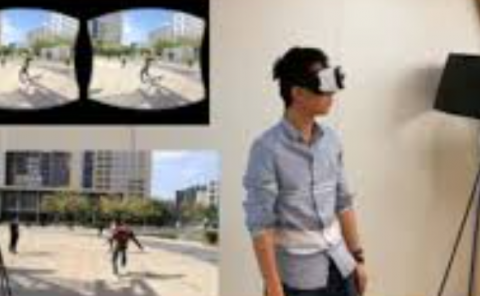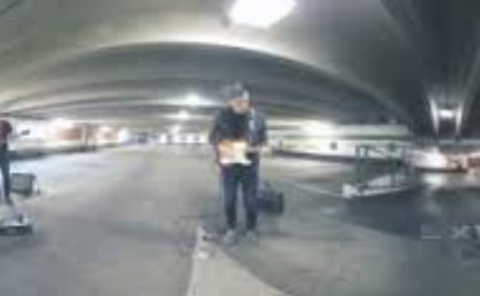A Composite Framework of Co-located Asymmetric Virtual Reality
PubDate: April 202
Teams: Iowa State University
Writers: Kaitlyn M. Ouverson;Stephen B. Gilbert
PDF: A Composite Framework of Co-located Asymmetric Virtual Reality

Abstract
As the variety of possible interactions with virtual reality (VR) continues to expand, researchers need a way to relate these interactions to users’ needs and goals in ways that advance understanding. Existing efforts have focused mainly on the symmetric use of technology, which excludes a rising form of interaction known as asymmetric VR, in which co-located participants use different interfaces to interact with a shared environment. There must be a clear path to creating asymmetric VR systems that are rooted in previous work from several fields, as these systems have use cases in education, hybrid reality teams (using VR and other technologies to interact online and face to face), accessibility, as well as entertainment. Currently, there is no systematic way to characterize 1) how a system may be asymmetric, 2) how the different mediation technology and affordances within asymmetric VR support (or do not support) users’ goals, and 3) the relationships and collaborative capabilities between users of these different technologies. In this paper, the authors use a scoping review to explore relevant conceptual frameworks for asymmetric interaction, mediation technology, and computer supported cooperative work to clarify the dimensions of asymmetry and synthesize the literature into a Composite framework for Asymmetric VR (CAVR). The paper concludes with suggestions of ways to test and expand the framework in order to guide future research as it identifies the most-beneficial interaction paradigms for co-located asymmetric VR.



